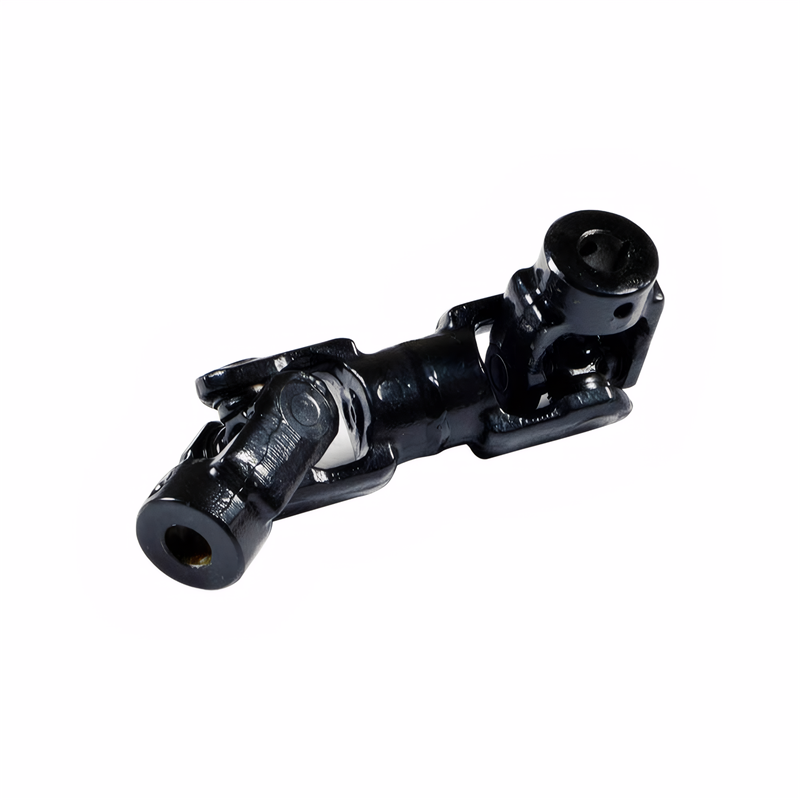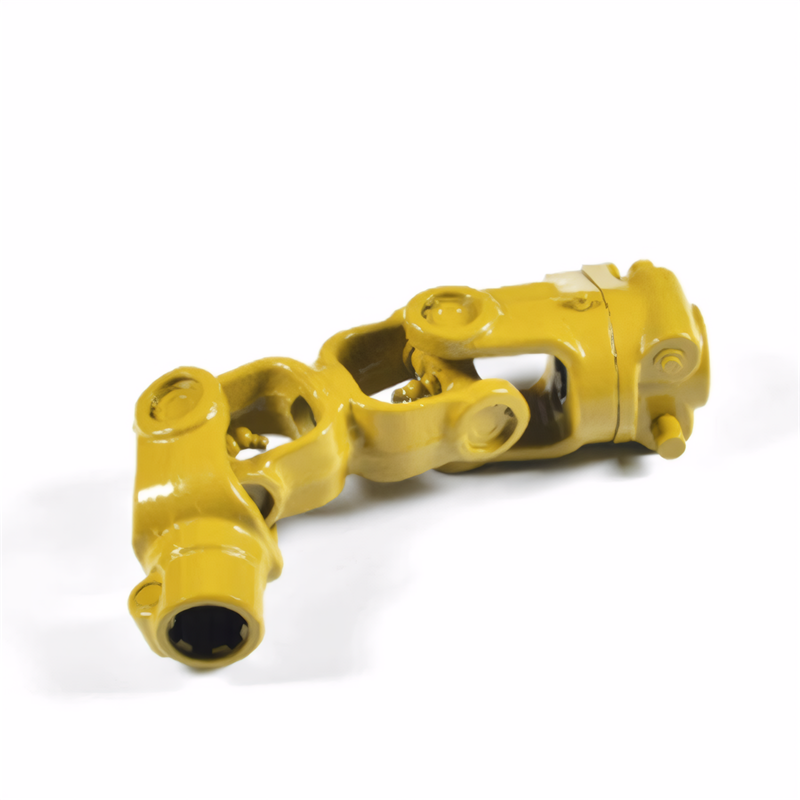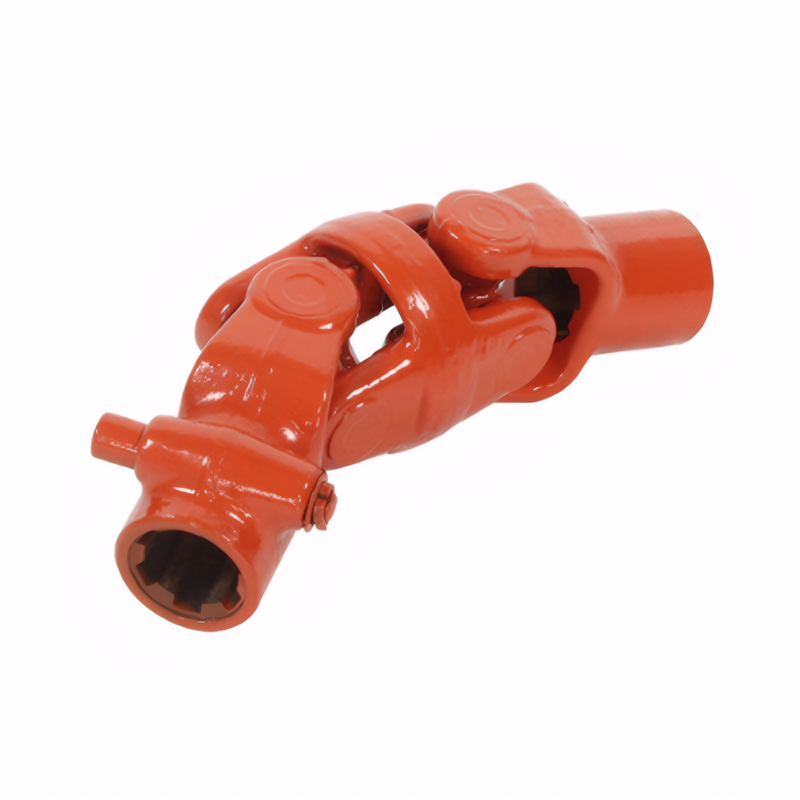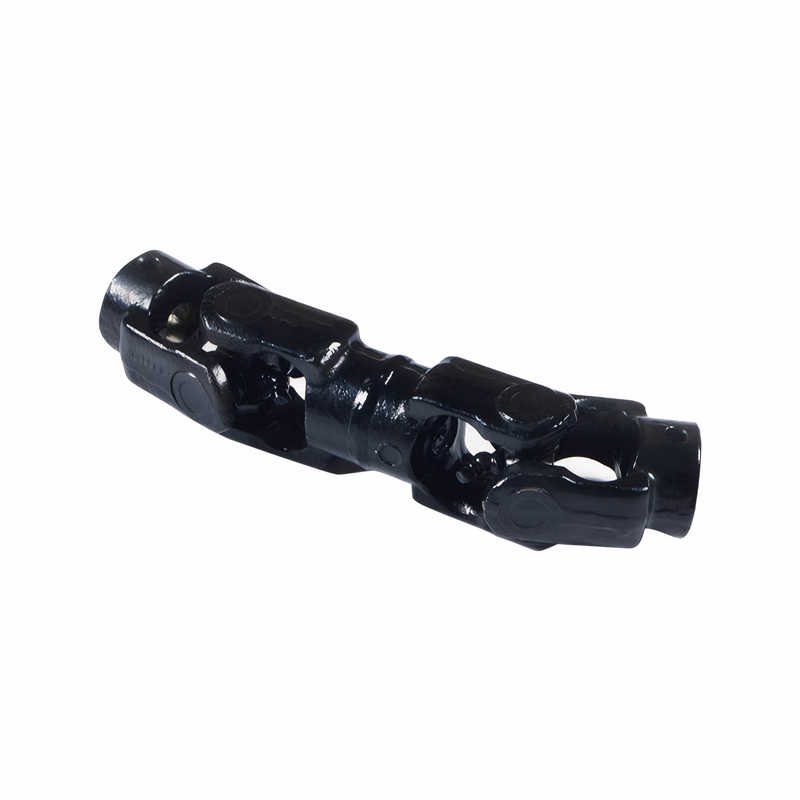Detection of unbalanced drive shafts
Comprehensive Methods for Detecting Transmission Shaft Imbalance in Automotive Systems
Transmission shaft imbalance represents a critical maintenance concern that can lead to excessive vibration, premature component wear, and reduced vehicle performance. This condition occurs when the shaft's mass distribution deviates from its rotational axis, creating centrifugal forces that amplify as rotational speed increases. Effective detection requires specialized techniques that analyze both static and dynamic imbalance characteristics across various operating conditions.
Dynamic Vibration Analysis Techniques
Accelerometer-Based Frequency Spectrum Monitoring
The most common detection method involves mounting triaxial accelerometers on key vehicle components such as the transmission housing, differential, and chassis. These sensors capture vibration data across the 0-10,000 Hz frequency range during road tests or on dynamometers. Engineers analyze the frequency spectrum to identify peaks corresponding to the shaft's rotational frequency (1st order) and its harmonics (2nd, 3rd orders).
Imbalance typically manifests as a dominant 1st order vibration whose amplitude increases quadratically with rotational speed. Advanced signal processing techniques like Fast Fourier Transform (FFT) enable precise identification of imbalance frequencies, even in the presence of background noise from other vehicle systems. Some systems incorporate phase analysis to determine the angular location of imbalance along the shaft length.
Real-Time Operational Deflection Shape Analysis
This advanced technique uses multiple accelerometers distributed along the vehicle's driveline to create a three-dimensional vibration map during operation. By comparing the deflection patterns at different rotational speeds, engineers can visualize how imbalance forces propagate through the system. This method is particularly effective for identifying complex imbalance scenarios involving multiple components or coupled vibration modes.
Operational deflection shape analysis can detect imbalance contributions from not only the transmission shaft but also adjacent components like universal joints, couplings, and differential gears. The data helps pinpoint whether the imbalance originates from the shaft itself or from mass distribution issues in connected parts.
Precision Balancing Equipment Applications
On-Vehicle Dynamic Balancing Systems
Modern balancing machines designed for in-situ measurement eliminate the need for shaft removal by analyzing vibration while the vehicle operates. These systems typically consist of:
- High-speed tachometers to measure exact rotational speed
- Optical or laser sensors to determine shaft angular position
- Vibration transducers to capture imbalance-induced forces
The equipment calculates the required correction weights and their angular positions to counteract the measured imbalance. Some advanced systems can perform multi-plane balancing, addressing both axial and radial imbalance components simultaneously. This approach is particularly valuable for large commercial vehicles where shaft removal is time-consuming and costly.
Off-Vehicle Hard Bearing Balancing Machines
For precise laboratory-grade measurements, hard bearing balancing machines support the shaft on rigid bearings that isolate it from external vibrations. These systems measure displacement rather than force, providing higher accuracy for components with complex geometries. The balancing process involves:
- Mounting the shaft on precision bearings
- Rotating at controlled speeds (typically 500-5,000 RPM)
- Measuring displacement at correction planes
- Calculating imbalance magnitude and phase
Hard bearing machines can detect imbalance as small as 0.5 gram-centimeters, making them suitable for high-performance applications where even minor imbalances affect vehicle dynamics. The data generated serves as a baseline for quality control during manufacturing or as a diagnostic tool for troubleshooting persistent vibration issues.
Advanced Diagnostic Software Solutions
Computer-Aided Vibration Simulation
Engineering software packages enable virtual testing of transmission shaft designs by simulating imbalance conditions under various operating parameters. These tools incorporate:
- Finite element analysis (FEA) for stress and deflection modeling
- Multi-body dynamics simulation for system-level vibration analysis
- Rotordynamics modules specifically for shaft imbalance prediction
By inputting material properties, geometric dimensions, and operational constraints, engineers can predict imbalance-induced vibration levels before physical prototyping. This capability accelerates the design optimization process and helps identify potential imbalance issues early in the development cycle.
Machine Learning-Based Pattern Recognition
Emerging diagnostic systems leverage artificial intelligence to analyze historical vibration data from similar vehicles or components. These systems:
- Train on thousands of recorded imbalance cases
- Identify subtle patterns in vibration signatures
- Predict imbalance severity based on partial data sets
- Suggest probable causes and corrective actions
Machine learning algorithms can detect early-stage imbalance that might escape traditional threshold-based detection methods. As the system accumulates more operational data, its diagnostic accuracy improves, creating a self-refining detection capability that adapts to different vehicle models and operating conditions.
Field Testing Protocols for Practical Detection
Coast-Down Vibration Analysis
This simple yet effective technique involves accelerating the vehicle to a specific speed (typically 80-100 km/h) and then coasting in neutral while recording vibration data. The absence of engine-induced vibrations during coast-down allows clearer identification of driveline-specific imbalances. Engineers compare coast-down vibration patterns with those recorded during acceleration to isolate imbalance contributions from the transmission shaft versus other components.
The method works particularly well for detecting imbalance in intermediate shafts and propeller shafts, where engine harmonics might mask imbalance signatures during powered operation. Data from multiple coast-down maneuvers at different speeds helps create a comprehensive imbalance profile.
Controlled Environment Road Testing
Formal road testing on smooth, level surfaces with consistent speeds provides the most realistic operating conditions for imbalance detection. Test protocols typically include:
- Steady-state cruising at 60, 80, and 100 km/h
- Gradual acceleration and deceleration tests
- Load variation tests with different passenger/cargo configurations
Data loggers capture vibration, speed, and engine RPM simultaneously, enabling correlation of imbalance symptoms with specific operating conditions. Some tests incorporate chassis dynamometers to precisely control environmental variables and replicate field conditions in a laboratory setting.
 The replacement method of the
The replacement method of the
 Key points for maintaining uni
Key points for maintaining uni
 Detection of unbalanced drive
Detection of unbalanced drive
 Rear-mounted rear-wheel drive
Rear-mounted rear-wheel drive

